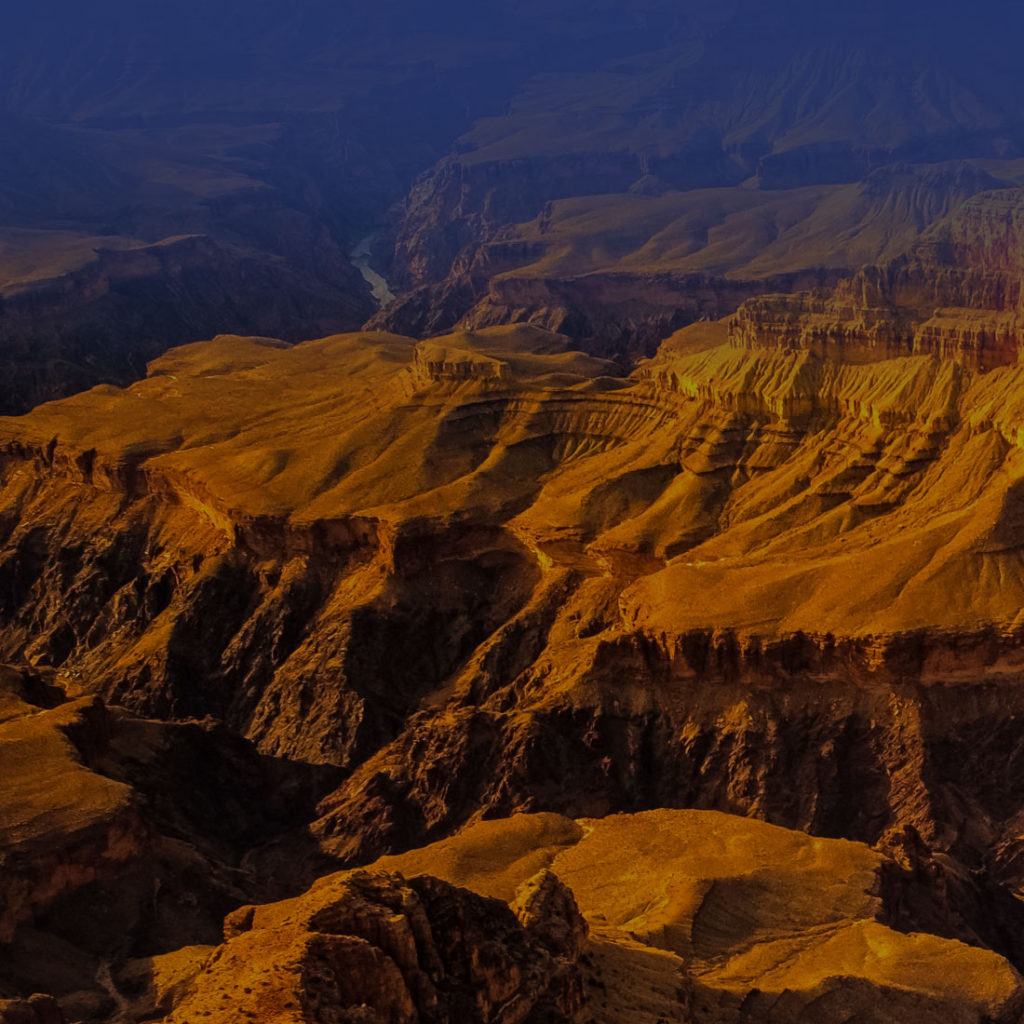Yarnell, Arizona: An Early Arizona Town
By: Jessica Edwards
My parents bought a house in Yarnell, AZ in 1992 as a second home for weekend getaways. I was 6 years old and would look forward to those weekends with great excitement. Yarnell is a small town 25 miles north of Wickenburg atop the Weaver Mountains. The air is fresh and cool, the wildlife struts around freely, and the streets are safe and quiet. I was extremely lucky to be able to grow up splitting my time between the city and a small mountain town. My childhood memories from Yarnell are very vivid and unique and created my long lasting passion for adventure, and history. Summers were spent climbing deep into the jungle of boulders and winters included tying large garbage can lids to the back of the truck and taking a cruise around the block on the snow covered streets. My parent’s property is nearly an acre, and in the spring it is decorated with flowers of all shapes and colors that my sister and I would mush up and paint each other’s faces with. Mom didn’t much care for that activity, but the imagination can really take flight in a place so diverse. Now, as an adult, I make the hour and a half drive from Phoenix to Yarnell as often as I can; finding peace in the environment and memories. It is my favorite place in Arizona and I would like to honor the centennial by telling the story of Yarnell.
“Where the Desert Breeze Meets the Mountain Air” is Yarnell’s motto; fitting for a place that sits at 4,800 feet elevation with a mild temperature nearly year round. The town of about 800 residents is named after Harrison Yarnell who discovered the Yarnell Mine in 1873. Gold was found in the Weaver Mountains just short of a decade prior to the founding of the mine by Charles Genung. In the 1930’s State Route 89, which runs as the main street through Yarnell, was paved and for many years was the main route from Phoenix to Prescott and Northern Arizona.
Before entering the twisting, steep road that climbs up the mountain to Yarnell from the south, you will see a unique and comical rock formation off to the left. The rock formation is officially named “Rocky the Frog” by locals. Before highway 89 was built, a woman named Sara Perkins lived nearby with her family and one day while exploring the area Sara and her son noticed that a small outcrop of rocks greatly resembled a frog. Sara decided to paint the frog bright green with black spots and a white belly. Somehow “Rocky the Frog” has been greatly maintained and loved by those who live near it and travelers frequently stop to take photos with Rocky. Another example of the local sense of humor is “Scooby the Elephant.” When coming down the mountain back into Phoenix you will come across a white elephant head painted on the tall rock wall beside the road. It’s said that an elephant was painted because the bend in the road “curves like an elephant trunk”. It’s not known exactly when Scooby came into existence, but today the Arizona Highway Department feels that Scooby is “graffiti” and paints over it. The residents of Yarnell keep painting Scooby back every time.
Aside from the town’s natural beauty, a must see is the Shrine of St. Joseph. In 1930 the Catholic Action League of Arizona commissioned the creation of the Stations of the Cross among the boulders in Yarnell. Life sized statues rest along a trail of a shady hill, re-creating the events from the Last Supper and Crucifixion. It is a favored location for residents and tourists of all religions and nationalities to reflect in a peaceful and spiritual environment.
There may be no movie theater or fast food joint, but growing up in Yarnell provided me with many outlets for fun and adventure. It’s a sleepy town but once a year in May the residents gather together with their home made floats and old fashioned cars and parade them down Main Street in celebration of their home town. Yarnell has been around since before Arizona was even a state. It has seen Arizona evolve from the Wild West gold rush to a great urban center of culture and society it is today. It may be considered a retirement community these days, but Yarnell will last well into the future as an example of one of Arizona’s earliest towns and preserve its history.

